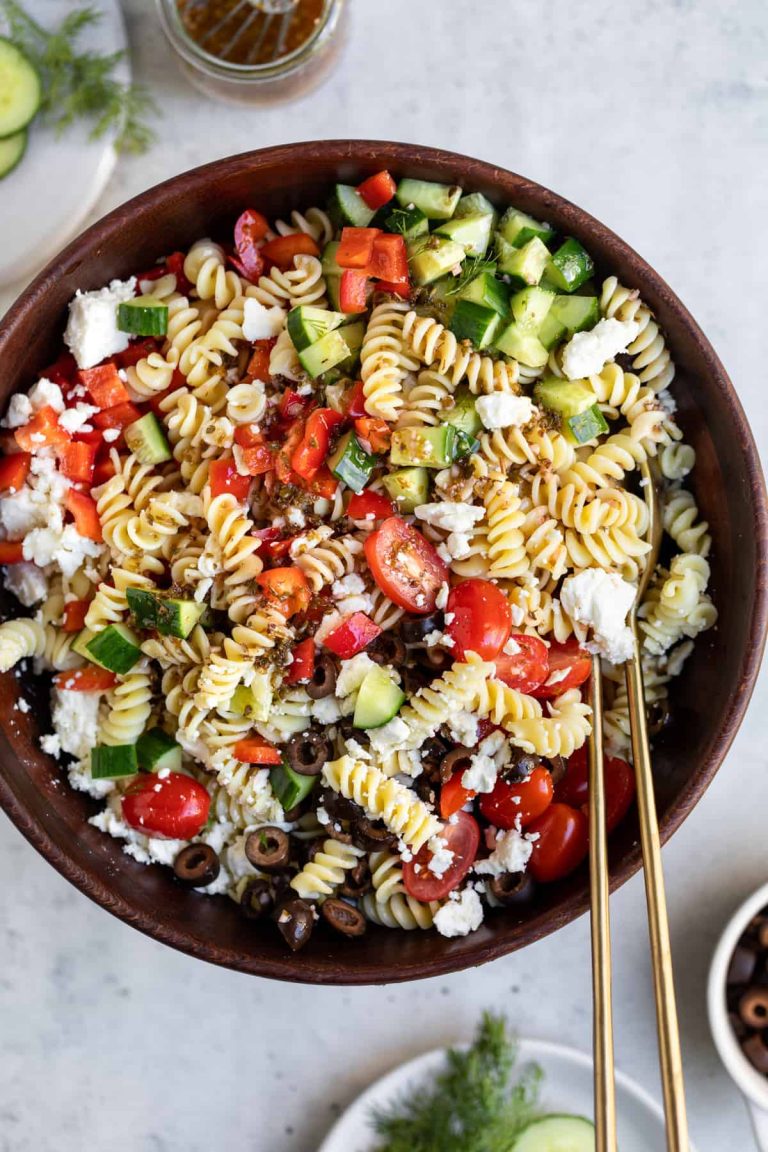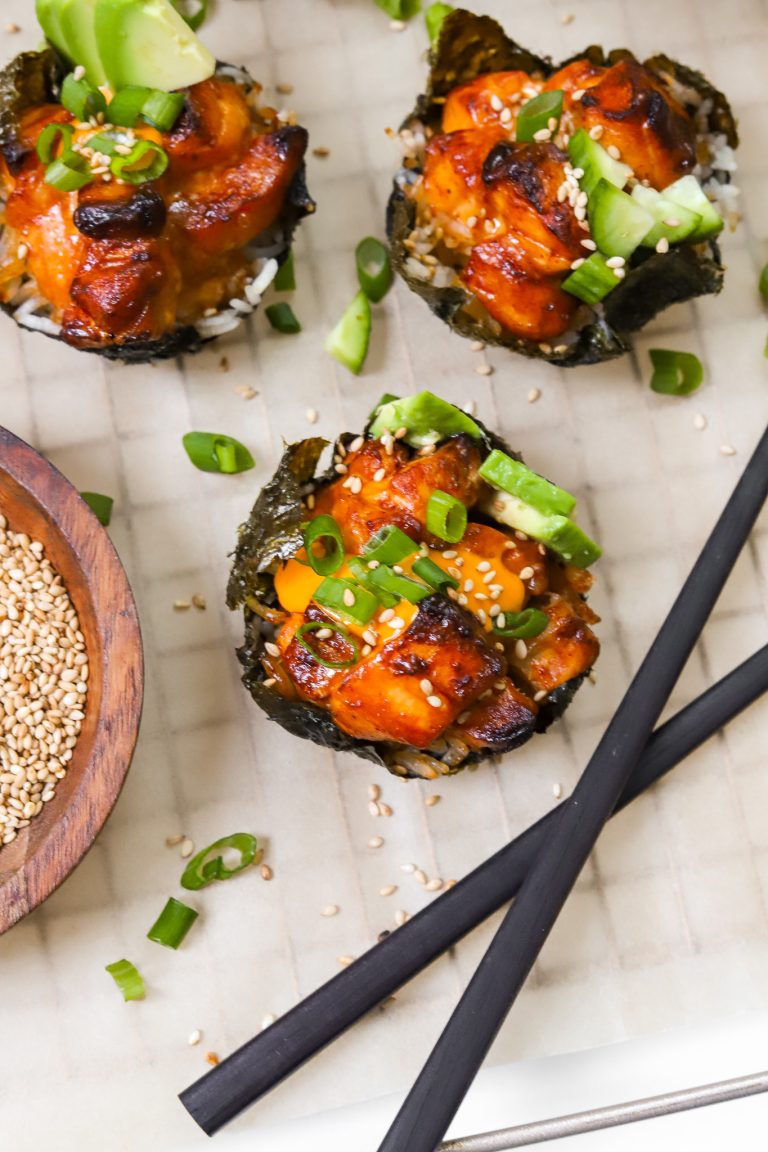Johnny Cake: Discover the Rich History and Nutritional Benefits
Johnny Cake traces its roots back to Native American cuisine. Native American tribes, like the Narragansett and Algonquin, created early versions of Johnny Cake using cornmeal—a staple in their diet. These tribes originally cooked the batter on hot stones or griddles, producing a simple, nutritious cake.
European settlers adopted this dish, modifying it over time. They added ingredients like milk and fat, producing a richer flavor and smoother texture. This adaptation led to Johnny Cake becoming a popular food item in colonial America.
Johnny Cake’s name possibly originates from the term “journey cake,” as it was easy for travelers to carry. However, some believe it may derive from the term “joniken” or “jonakin,” used in New England.
Regional Variations Across the World
In New England, Johnny Cakes often include milk and fat, giving them a richer texture. They are typically served with honey, butter, or syrup.
In the Southern United States, the dish is known as “hoecakes.” Cooked over an open flame on a hoe blade, these Johnny Cakes have a crispier exterior.
Caribbean islands, such as Jamaica and Barbados, offer unique renditions. Jamaican Johnny Cakes, known as “festival,” are slightly sweet and often paired with fried fish. In Barbados, the cakes, called “bakes,” blend cornmeal with flour and sugar, delivering a distinct flavor.
These variations highlight Johnny Cake’s adaptability across different cultures and preferences, making it a beloved dish with a rich, diverse history.
Key Ingredients in Making Johnny Cake
Flour Choices: Cornmeal vs Others
Cornmeal is the cornerstone of traditional Johnny Cake. It’s finely ground from dried corn, providing the distinctive taste and texture crucial for authentic Johnny Cake. Many recipes call for yellow cornmeal due to its moderate sweetness and color, though white cornmeal is also popular.
You might find alternative flour options like wheat flour or a mix of cornmeal and wheat flour in some Johnny Cake recipes. These options can alter the texture, making the Johnny Cake lighter and fluffier. However, sticking to pure cornmeal ensures the dish remains true to its historical roots.
Sweet vs Savory: Flavor Adaptations
Johnny Cakes can be either sweet or savory, depending on the additional ingredients used. For a sweeter version, add sugar, honey, or molasses. These ingredients enhance the natural sweetness of the cornmeal, creating a dessert-like treat. Sweet Johnny Cakes are often served with toppings such as butter or syrup.
For a savory adaptation, incorporate items like salt and herbs. Some recipes include bacon fat or lard to impart a rich, savory flavor. Savory Johnny Cakes can be paired with stews, sausages, or even vegetables.
Using these variations, you can adapt Johnny Cakes to suit different meal types, from breakfast to dinner or dessert. Hence, the dish’s versatility caters to a broad spectrum of flavors and preferences.
Cooking Techniques
Traditional Baking Methods
Traditional baking methods for Johnny Cake rely on simple yet effective techniques. Native American tribes originally cooked Johnny Cakes over open fires using flat stones, imparting a unique taste due to direct exposure to heat. In colonial times, European settlers adapted this by using cast-iron skillets or griddles, both over open fires and later on wood-burning stoves.
To bake Johnny Cakes traditionally, mix cornmeal, water, salt, and sometimes fat. Shape the mixture into patties or pour it as a batter onto a preheated griddle or skillet. Cook on medium heat until golden brown on one side, then flip to cook the other side. For an authentic touch, do this over an open flame or a wood stove, though modern stovetops work as well.
Modern Twists and Techniques
Modern twists on Johnny Cake incorporate innovative techniques and ingredients for diverse variations. Using electric griddles or non-stick pans offers more convenience and even cooking. Instead of just water, using milk or buttermilk in the batter enhances flavor and texture.
Baking Johnny Cakes in an oven is another modern method. After preparing the batter, pour it into a well-greased baking dish or muffin tin. Bake at 375°F (190°C) for about 20-25 minutes or until golden brown. This method works well for larger batches or fluffier textures.
Incorporating additional ingredients like sugar, honey, or herbs can create sweet or savory variations. Experimenting with flours like whole wheat or gluten-free alternatives caters to dietary needs. For a Caribbean twist, try frying Johnny Cakes instead of baking them. Heat oil in a pan, drop spoonfuls of batter, and fry until they puff up and turn golden brown.
Serving Suggestions for Johnny Cake
Classic Pairings and Toppings
Johnny Cake excels in versatility. Serve it traditionally with butter, honey, or maple syrup for a simple yet delicious option. These toppings enhance the cake’s natural corn flavor.
Pair it with savory dishes like soups or stews. The texture complements hearty meals like chicken and dumplings or chili. Breakfast staples like bacon and eggs also work well with Johnny Cake.
Innovative Serving Ideas
For a creative twist, consider incorporating Johnny Cake into modern recipes. Use it as a base for appetizers by topping small squares with smoked salmon, crème fraîche, and fresh dill. This adds an elegant touch to any gathering.
Transform it into a dessert by drizzling with chocolate sauce and adding whipped cream and fresh berries. This sweet variation is sure to please.
Experiment with savory options by using spices like cumin and chili powder in the batter. A spicy Johnny Cake pairs well with pulled pork or barbecued dishes, offering a deliciously unique flavor profile.
Nutritional Benefits of Johnny Cake
Caloric Content and Health Considerations
Johnny Cake, made primarily from cornmeal, contains essential nutrients. A standard serving (100 grams) offers approximately 182 calories. Key components include carbohydrates, proteins, fats, dietary fibers, and micronutrients like iron and magnesium.
Carbohydrates: Johnny Cake provides energy for daily activities due to its high carbohydrate content. A 100-gram serving has about 39 grams of carbs, which fuel both body and brain functions.
Proteins: While not a major protein source, Johnny Cake offers about 4 grams per serving, contributing to muscle repair and growth.
Fats: With around 3 grams of fat, it includes beneficial fats vital for absorbing vitamins and bolstering cellular health. If prepared with additional ingredients like butter, fat content might vary.
Dietary Fibers: The 2 grams of dietary fiber per serving aid in digestion and help maintain a healthy gut. Fiber intake is important for overall digestive health.
Micronutrients: Iron and magnesium boost Johnny Cake’s nutritional value. Iron supports red blood cell production, while magnesium aids in muscle and nerve function.
When consuming Johnny Cake, monitor portion sizes for balanced caloric intake, especially if additional ingredients or toppings increase overall calories.
Incorporating Johnny Cake into a Balanced Diet
Incorporate Johnny Cake into a balanced diet by pairing it with nutrient-dense foods. Here are some strategies:
Protein Pairing: Serve Johnny Cake with protein-rich foods like eggs, lean meats, or legumes. This combination balances carbohydrate and protein intake, enhancing overall nutritional value.
Vegetable Inclusion: Add vegetables to your meal to increase fiber, vitamins, and minerals. Consider serving Johnny Cake alongside leafy greens, bell peppers, or avocados.
Healthy Toppings: Opt for nutrient-dense toppings such as Greek yogurt, fresh fruits, or nut butters. These add essential vitamins, healthy fats, and antioxidants.
Moderation in Preparation: Use healthier cooking methods like baking or using minimal oil to reduce added fats. Replace ingredients like sugar with natural sweeteners such as honey for a healthier option.
Meal Timing: Enjoy Johnny Cake as part of breakfast, lunch, or snacks. For breakfast, pair it with fresh fruit and yogurt. As a snack, consider a savory version with herbs and spices.
By following these strategies, you can enjoy Johnny Cake without compromising your dietary goals.
Conclusion
Johnny Cake is more than just a dish; it’s a culinary journey through history and culture. Whether you prefer the New England version, Southern hoecakes, or Caribbean variations, there’s a Johnny Cake for every palate. By understanding its nutritional benefits and incorporating it wisely into your diet, you can enjoy this traditional treat while maintaining a balanced lifestyle. So go ahead and explore the diverse flavors and methods of making Johnny Cake, and savor a piece of culinary heritage with each bite.





